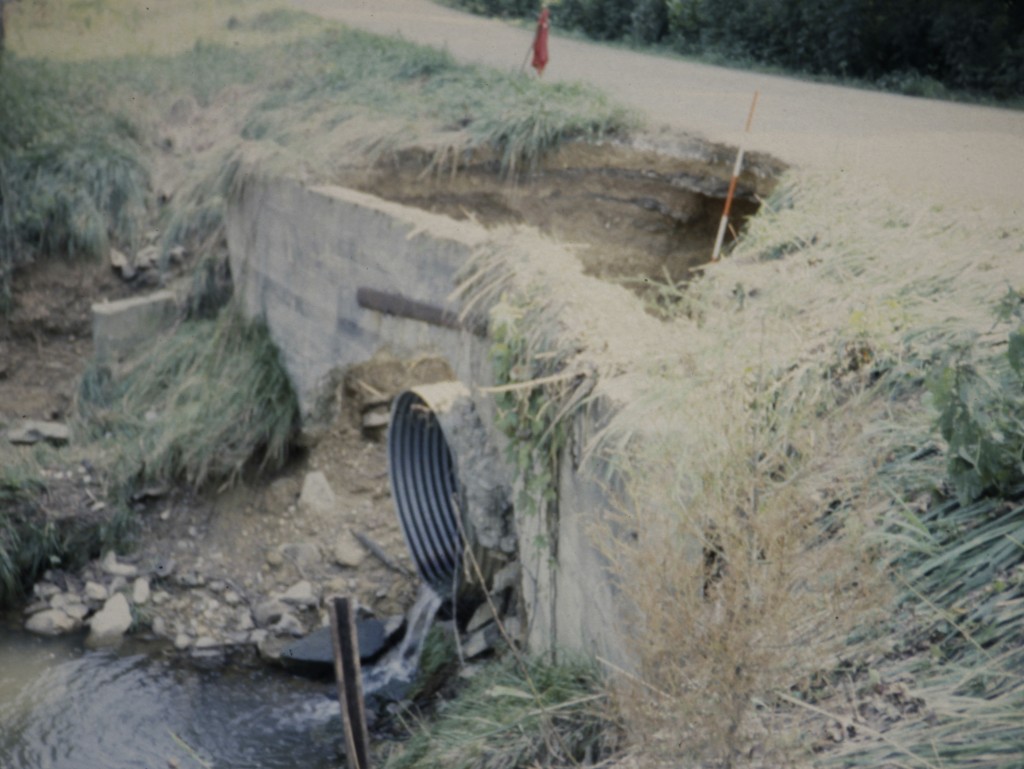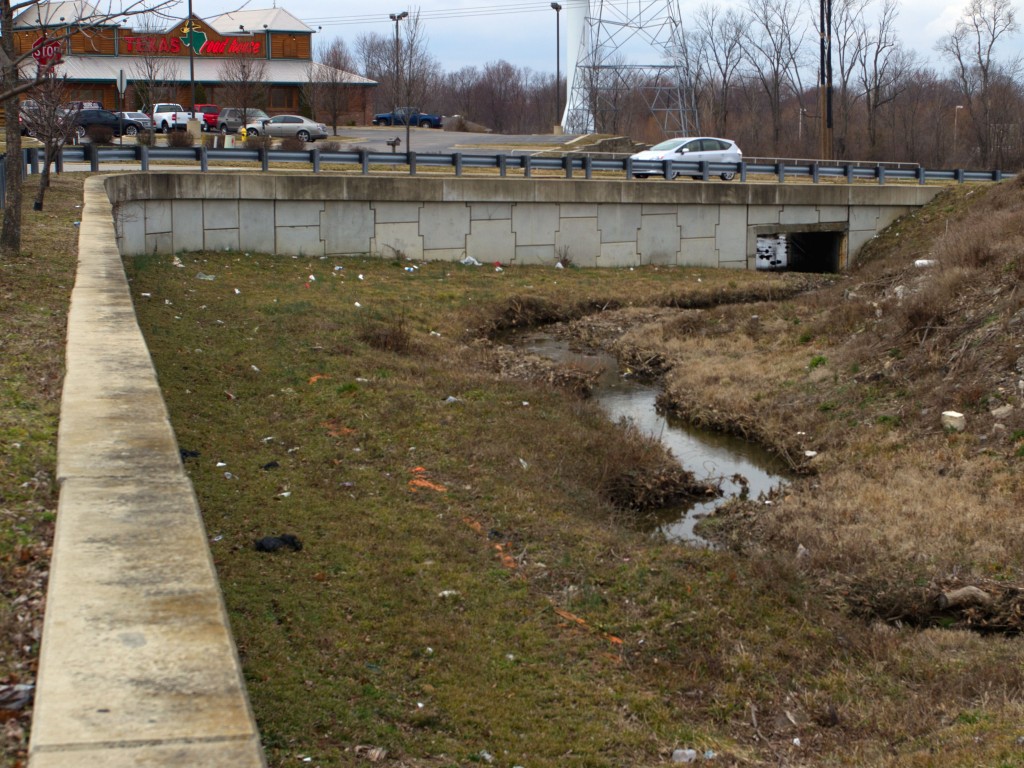Over the past two decades, there have been numerous occurrences where Indiana bridges have been closed by flood-induced scour. However, in most of these cases, the roadway closure was not the result of scour undermining the bridge to the point of failure. Rather, the roadway closures have most often resulted from scour impacts to the roadway approaches (embankments) that lead to a bridge.
With this understanding, it is suggested that communities wanting to evaluate their scour risks not just look at the bridge for its scour potential, but to also consider how likely roadway overtopping and approach-section scour may be. Many past occurrences of approach-section loss in Indiana reveal that bridges (or culverts) with relatively small openings and long embankment sections can be most susceptible to this scour risk. During flood events, it is common to see debris (natural or man-made) block some of the bridge opening, reduce its conveyance capacity, and cause flood waters to become impounded upstream of the bridge and roadway. If flooding is sufficient, the impounded waters may rise to a level that results in roadway overtopping. Roadway overtopping most often results in significant scour where water cascades off the roadway and falls onto the downstream fluvial plain.

